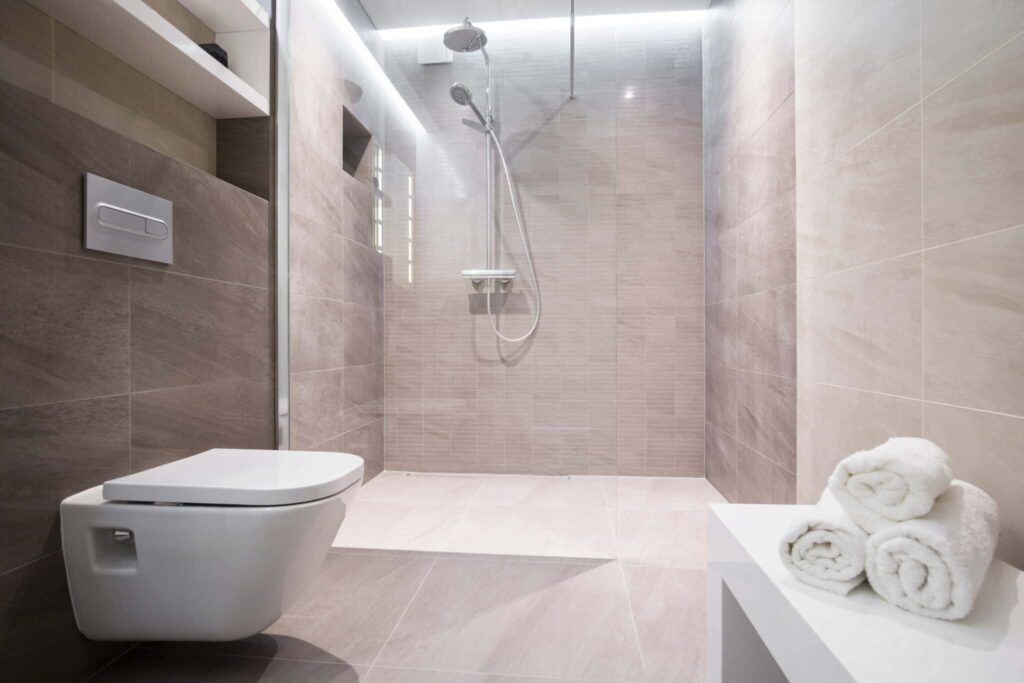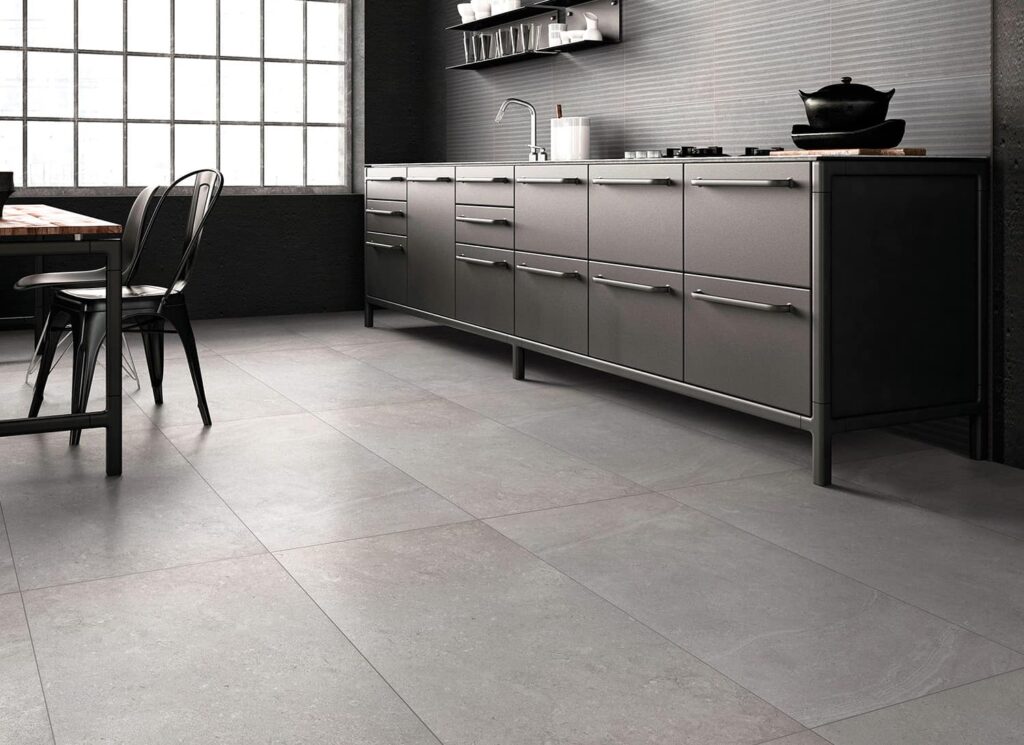
Ceramic tiles have been around for a very, very long time. While the true origins of the building material remain a point of contention for some, many experts believe that the first use of decorative ceramic tile occurred in ancient Egypt – more than 4,000 years ago. By 1,000 B.C., ceramic tile could be found in many places within the known world including China and Mesopotamia.
Have you ever stopped to wonder about the origins of the building materials used in your home? It’s remarkable to think that a material that many of us take for granted, like ceramic tile, has such an interesting history. Many homeowners know that tile is a material that is both durable and cost effective, but the extent of their knowledge ends there. Let’s take a look at a few more fascinating facts about this wonderful material and why it’s a great choice for your home.
The Meaning Behind the Name
Before we get to the really interesting facts, let’s take a moment to understand the linguistic origin of the word “ceramic”. Like many of the words that make up the English language, Greek is the root language of the term “ceramic”. The Greek word from which ceramic is derived is “keramos”, which interestingly enough means “pottery”. Of course, pottery is the result of one of the oldest manufacturing processes, whereby clay was hand formed and baked at extremely high temperatures until it hardened.
Historically speaking, ceramic was produced using organic materials that could be pulled from the earth. In addition to the aforementioned clay, sand, ground stone, crushed seashells and/or plant fibers were also added to increase the durability and control the expansion of the final product.
While some of the process remains the same to this day, non-organic materials are now mixed with organic materials to produce a modern piece of pottery or ceramic tile flooring. The result of this combination results in durable, high-quality materials that can be used for a number of decorating applications around the home, including countertops, backsplashes, and flooring.
Ceramic and Porcelain Are Almost Identical
Though each material may conjure two strikingly different images in your mind, ceramic and porcelain are two very closely related materials. When you think of porcelain, you might think of things like fine China or other such items of equal fragility. Ceramic on the other hand is a material that is often lauded for its strength and durability. In spite of these two diametrically opposed views of these materials, the chemical makeup of these two materials is virtually identical.
What sets them apart is the manner in which they are treated during the firing process. While both are clay-based, kiln-dried products, porcelain is fired longer and at higher temperatures which draws out more moisture from the clay. Porcelain is also made using denser clay, and is often fired with feldspar, a naturally occurring material in granite, giving it a water-resistant quality. By comparison, ceramic is a slightly more porous material with an absorption rate of around 0.5-3.0%.
Also Read: 22 Aesthetic Showers Ideas for a Perfect Bathing Experience

Ceramic is So Durable, it’s Gone to Space
Not many earthly materials can count themselves space travelers, but ceramic can. The space shuttle Discovery was able to complete nearly 40 space missions thanks in part to the 27,000 ceramic tiles installed on the outside of the craft. Since a spacecraft can experience incredibly high temperatures during re-entry, an incredibly robust heat-resistant material would be needed to get the crew and equipment home safe.
Scientists discovered that by firing tiny grains of ceramic at high temperatures, the grains would fuse together and yield a barrier that is impervious to heat. Granted, your home will not experience anything like the forces that Discovery was subjected to, but it is nice to know that ceramic tile can outlast just about any other building material when installed correctly.
Ceramic Tiles are Naturally Bacteria Resistant
Ceramic tile is a great material for use in areas of your home containing high moisture for more reasons than you might think. The fact that it doesn’t absorb significant amounts of water not only means that it’s easy to clean, it also means that bacteria and odor will not be allowed to propagate.
Having said that, while you’ll still want to clean your ceramic tile regularly to keep it looking its best, you don’t need to worry about bacteria taking route the way you might with other materials. This quality is also useful to those who suffer from allergies or are sensitive to scents. Pet odors will not linger on ceramic tile once they are cleaned.
Ceramic Tiles for the Win
These timeless, aesthetically pleasing tiles have been around for ages because they’re durable and adaptable. If you’re starting a home renovation or looking for a durable material for a home project, consider ceramic tile.
They’re great for flooring, backsplashes, and countertops. Need help finding the best tile for you? Local tile suppliers can point you in the right direction. Since tiles come in all different colours, shapes, and sizes, having someone there to answer design and logistic questions is valuable. Reach out today!